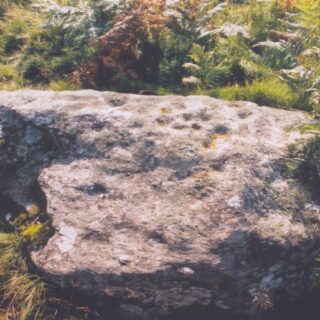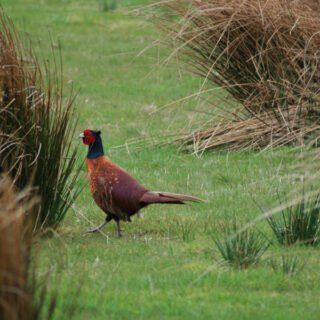Today we visited two buildings in West Lothian with long and interesting histories. First was Kinneil House on the outskirts of Bo’ness. Built over several centuries by the Hamilton family, who were granted the land here in 1323, it comprises of a grand 5 storey 17th century main block flanked by symmetrical four storey wings, with an older L-plan tower house attached to the right.

By 1936 it was in a state of disrepair and was due to be knocked down to make way for new housing. But during the demolition work some of the best 16th and 17th century mural work in Scotland was uncovered when the original plaster was exposed, and the demolition was halted.



Walking around the back of the house, its older origins are revealed by the gun loops visible at ground floor level. These are the remains of a castle built here in the 15th century.


Now in the care of Historic Scotland and the Friends Of Kinneil, it is only open a few days a year, and even then only a small restored portion of the L-plan tower house can be visited. In the grounds of Kinneil Estate are a workshop used by James Watt who developed a steam engine to pump water from local coal mines, a Roman fort, and the remains of Kinneil Church, which served the villagers of Kinneil until they were moved to Bo’ness by the Duke and Duchess of Hamilton in the late 17th century.
Next we drove to Torphichen, a small village in rural West Lothian with an interesting claim to fame. For 400 years it was the Scottish headquarters of the Knights Hospitaller of the Order of St John of Jerusalem. The Knights Hospitaller were a religious military order charged with the defence of the Holy Land during the Crusades. They were invited to Scotland by David I in 1132, and built a church in the 1140s, although the main tower and transepts which can be seen today were date to the 13th century.


Following the Reformation the Knights Hospitaller were suppressed and Torphichen Preceptory taken from them, although the last Preceptor, Sir James Sandilands, was re-granted the lands on a secular basis, his family having owned land in the area since 1348.






